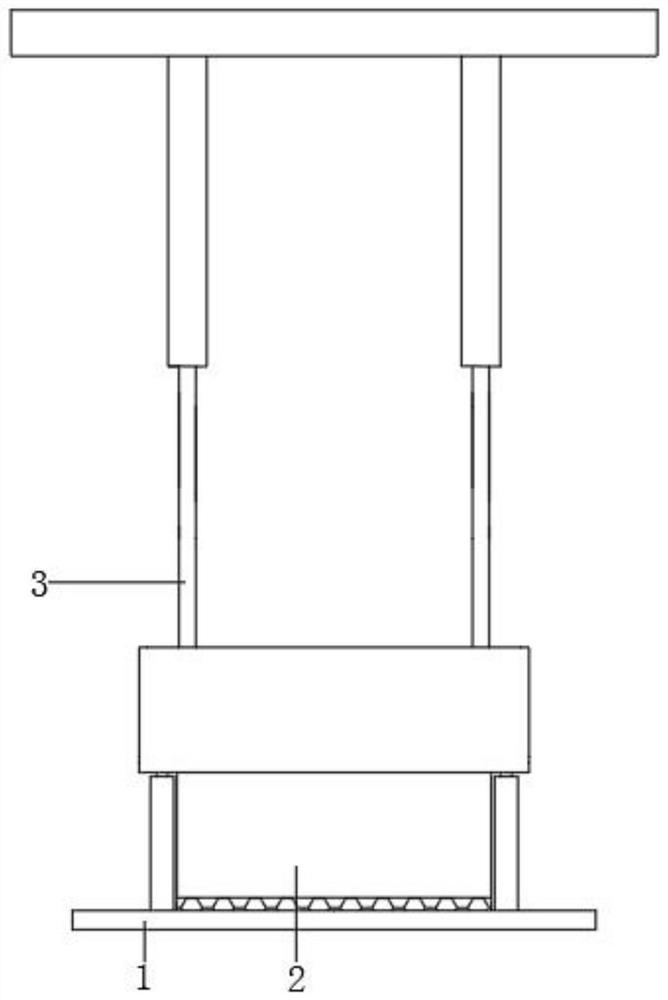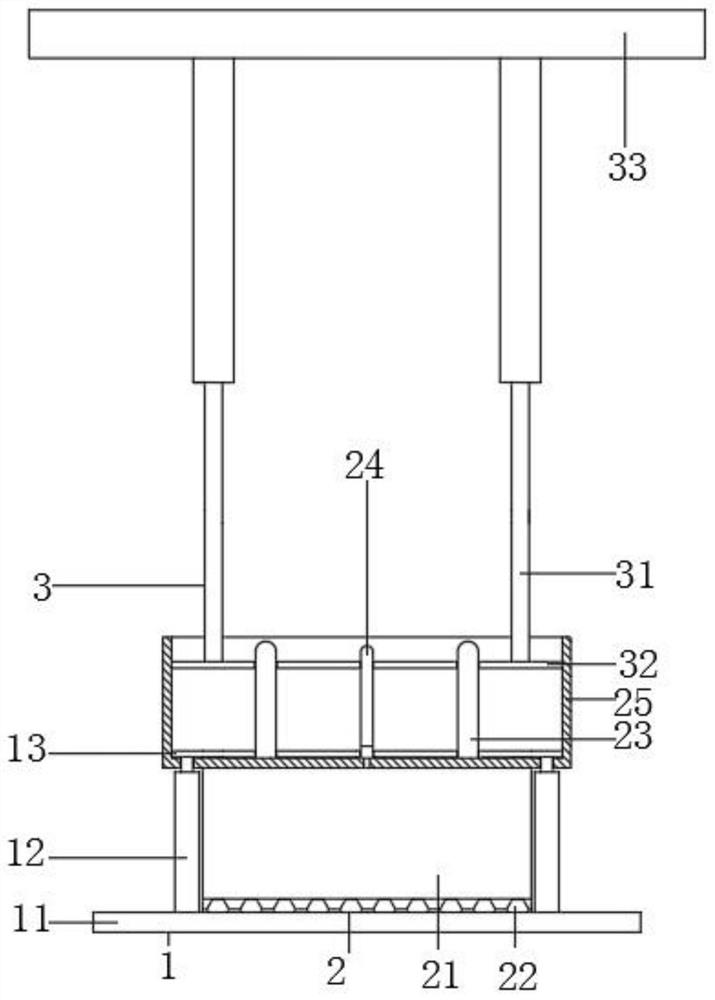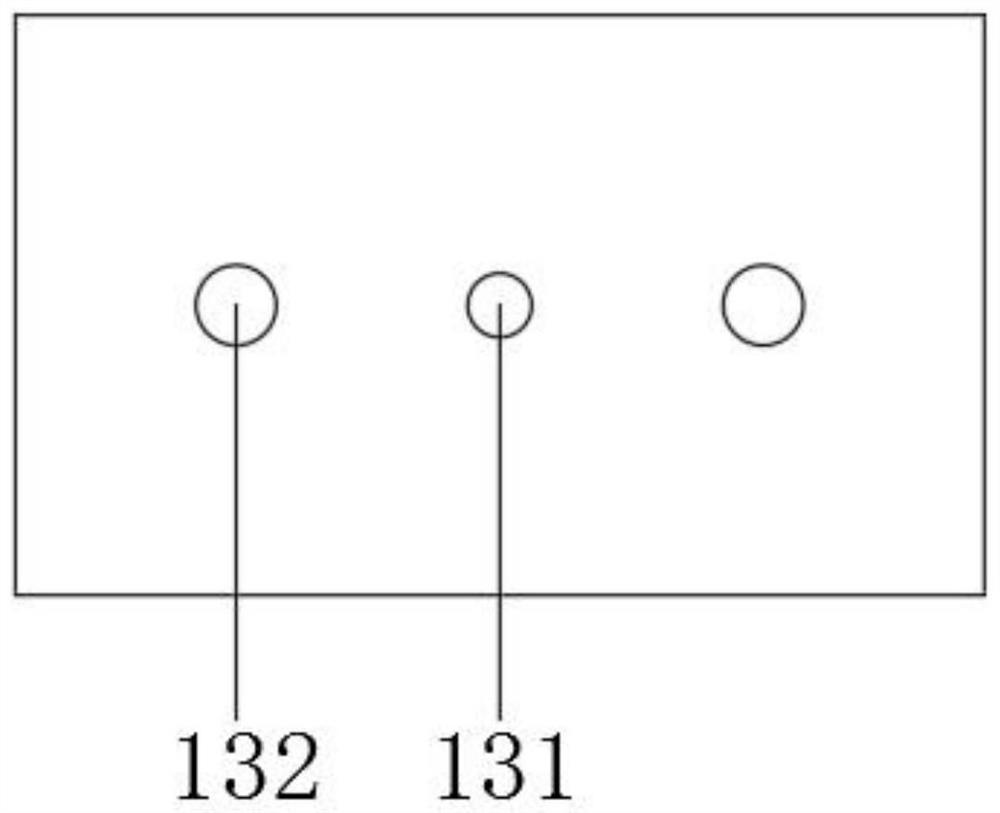Environment-friendly brick manufacturing process and mold
A production process, a technology for environmentally friendly bricks, applied in the direction of molds, mold auxiliary parts, sustainable waste treatment, etc., can solve the problems of not automatically compacting raw materials, taking a long time, accelerating resource consumption, etc., achieving easy maintenance and drying, reducing The effect of cracking rate and reduction of raw material cost
- Summary
- Abstract
- Description
- Claims
- Application Information
AI Technical Summary
Problems solved by technology
Method used
Image
Examples
Embodiment Construction
[0035] The present invention will be described in detail below in conjunction with the appended drawings, and the technical solutions in the embodiments of the present invention will be clearly and completely described. Obviously, the described embodiments are only some of the embodiments of the present invention, not all of them. Based on the embodiments of the present invention, all other embodiments obtained by persons of ordinary skill in the art without making creative efforts all belong to the protection scope of the present invention; in addition, the terms "first", "second", "Third", "Up, Down, Left, Right", etc. are used for descriptive purposes only and are not to be construed as indicating or implying relative importance. At the same time, in the description of the present invention, unless otherwise clearly stipulated and limited, the terms "connected" and "connected" should be understood in a broad sense, for example, it can be a fixed connection, a detachable conn...
PUM
 Login to View More
Login to View More Abstract
Description
Claims
Application Information
 Login to View More
Login to View More - R&D
- Intellectual Property
- Life Sciences
- Materials
- Tech Scout
- Unparalleled Data Quality
- Higher Quality Content
- 60% Fewer Hallucinations
Browse by: Latest US Patents, China's latest patents, Technical Efficacy Thesaurus, Application Domain, Technology Topic, Popular Technical Reports.
© 2025 PatSnap. All rights reserved.Legal|Privacy policy|Modern Slavery Act Transparency Statement|Sitemap|About US| Contact US: help@patsnap.com



